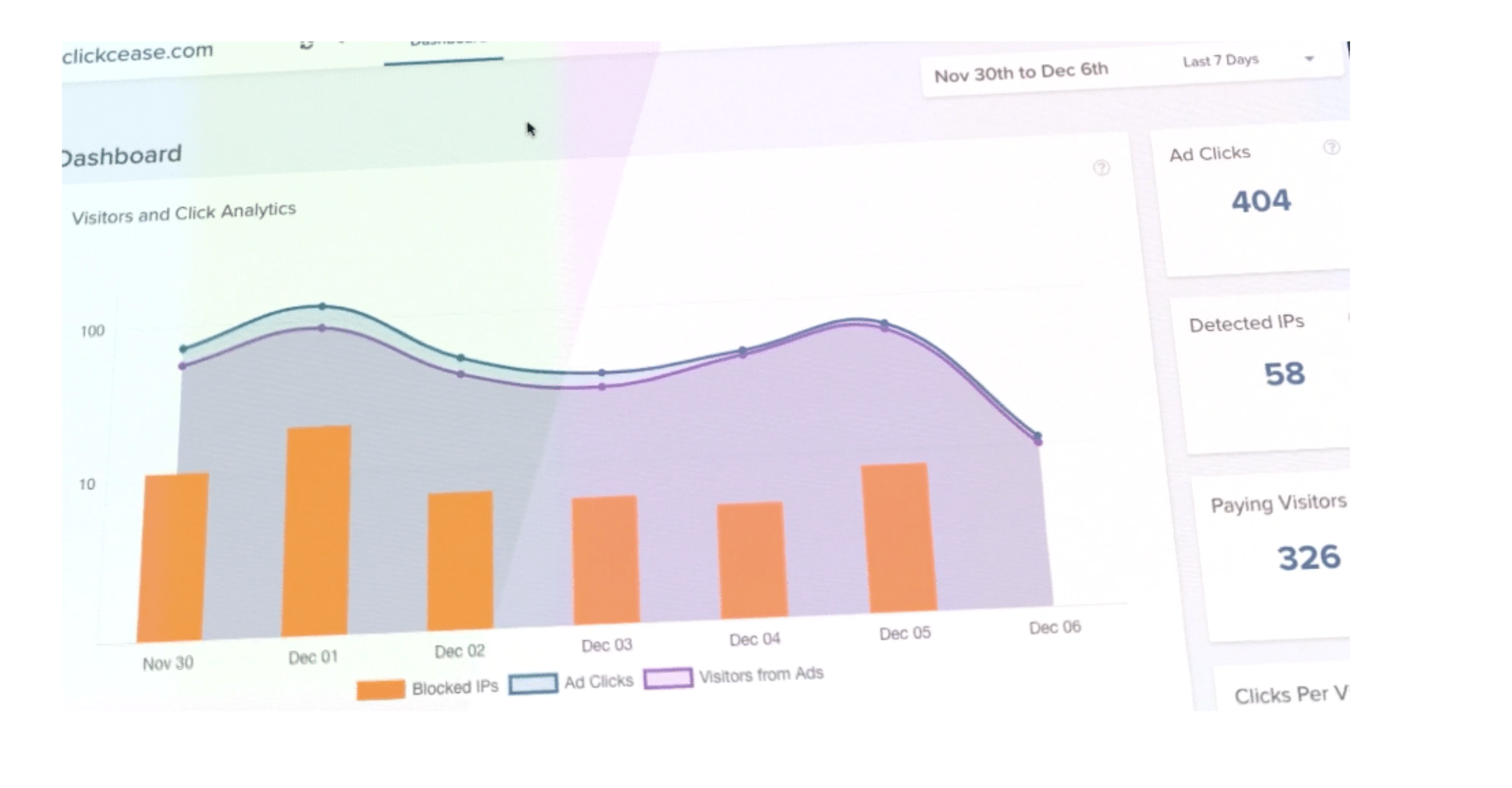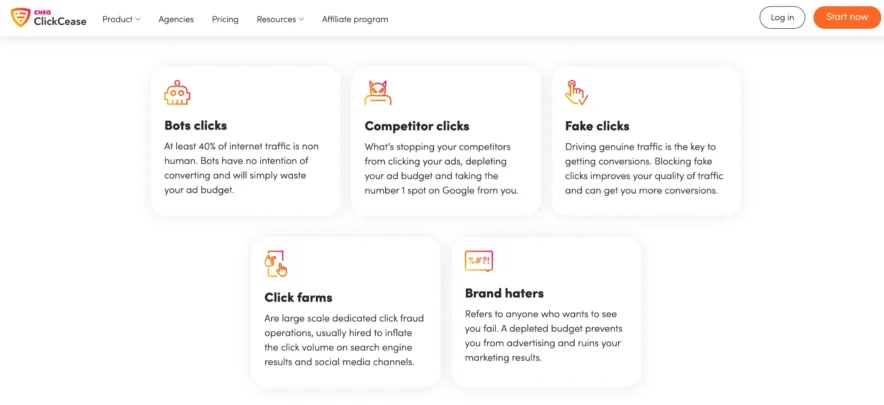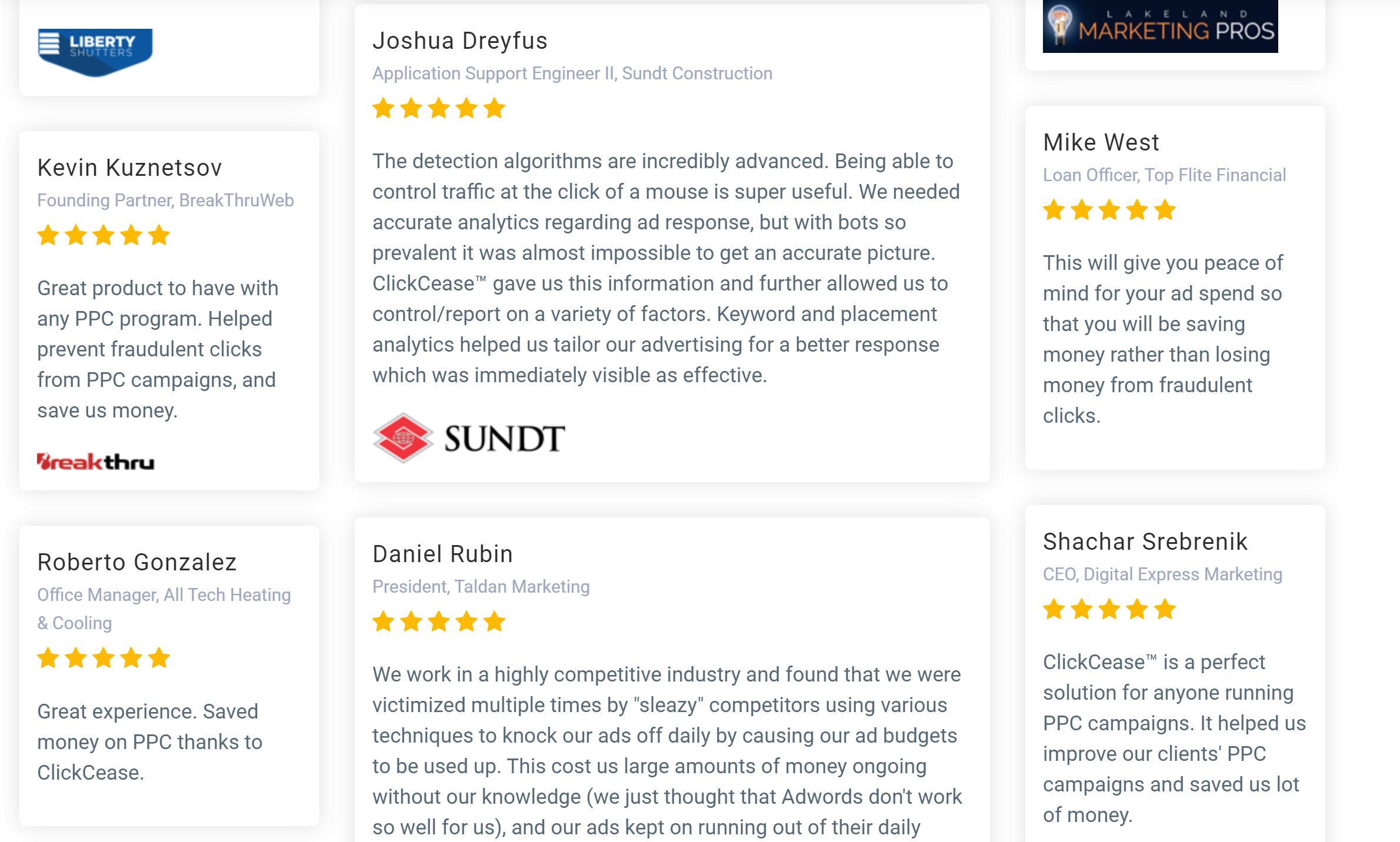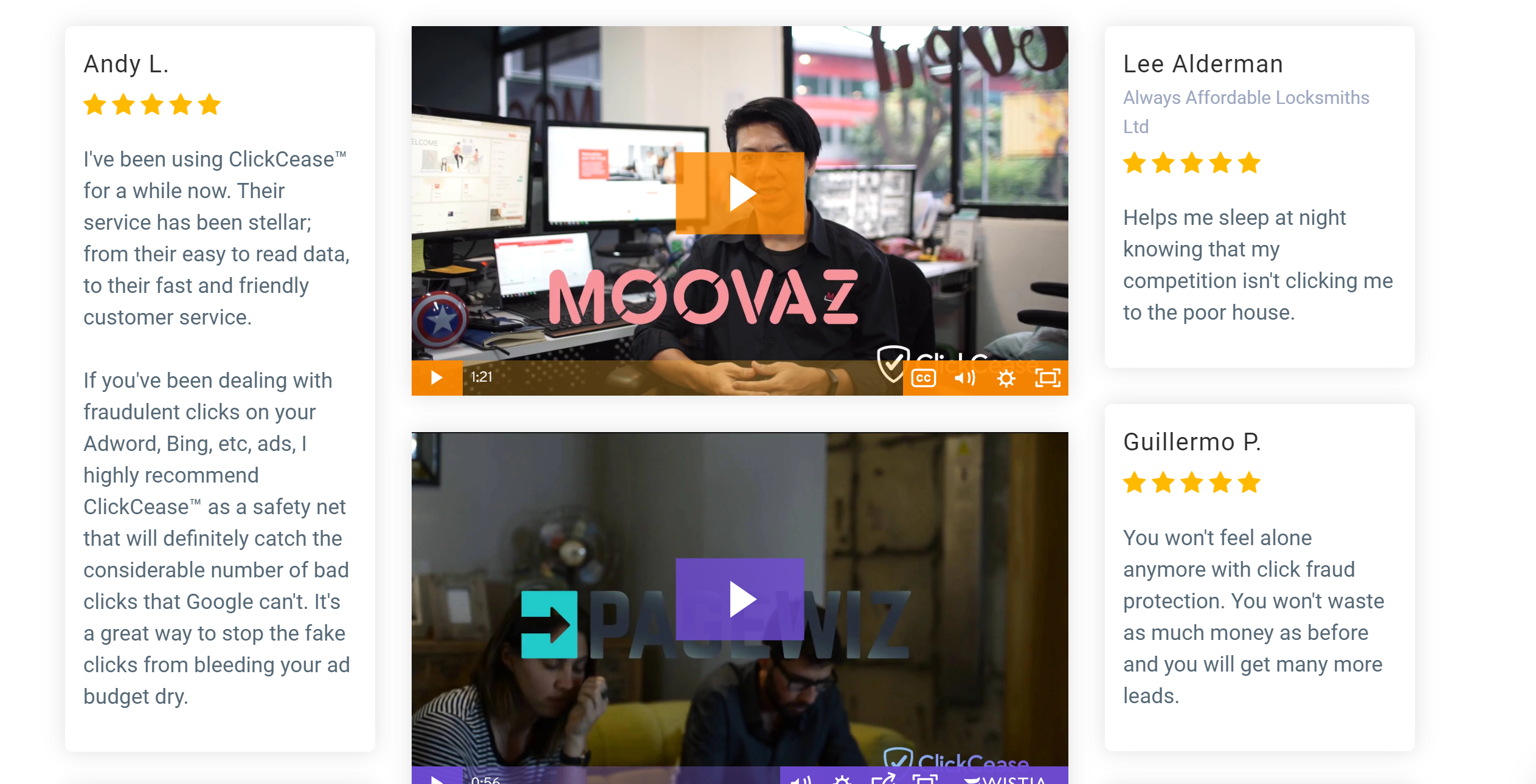If you’re an online marketer, you’ve likely run into a frustrating issue: bots. These automated programs sneak onto your website, pretending to be real visitors.
Some bots are helpful, like the ones that help your site appear in Google search results. But many are troublemakers—clicking your ads, spamming your comments, or stealing your content.
This messes up your Google Analytics, making it hard to tell how many real people are actually visiting your site. I’ve faced this problem myself, and it’s annoying to see fake data instead of true insights.
The good news? You can spot these bots and clean them out of your Analytics.

I’ll explain everything —why bots show up, how to find them, how to remove them step by step, and even how to protect your ads. Plus, I’ll share the latest stats to show you just how big this issue is in 2025.
How to Spot Bot Traffic in Your Google Analytics?
Before you can get rid of bots, you need to know they’re there. Google Analytics gives you clues if you know where to look. Here’s how you can spot bot traffic in detail:

1. Sudden Traffic Spikes
Imagine checking your Analytics one day and seeing your visitor count double overnight. At first, you might think, “Wow, my site’s blowing up!” But then you realize there’s no reason for it—no viral post, no big promotion, nothing.
That’s a sign of bots. Real traffic spikes are usually tied to something specific, like a shoutout from an influencer. Bot spikes? They come out of nowhere.
For example, if your daily visitors jump from 100 to 1,000 with no explanation, bots could be swarming your site, faking activity.
2. Weird Numbers and Metrics
Bots don’t act like humans, and that shows up in your stats. Check these key metrics:
- Bounce Rate: This is the percentage of people who leave after viewing just one page. If it shoots up to 90% or more, something’s fishy. Real people usually explore a bit; bots bounce fast.
- Session Duration: How long do visitors stay? If it’s dropping to a few seconds—like 2 or 3—bots might be zipping in and out. Humans take time to read or click around.
- Single-Page Views: If most visits are to one page with no further clicks, that’s another hint. Bots often hit a page and leave, unlike curious humans. These odd numbers don’t always mean bots—maybe your site needs better content—but if they line up with other signs, bots are likely the cause.
3. Strange Actions on Your Site
Bots can leave obvious traces. Look for these red flags:
- Spam Comments: Ever get comments like “Great post, buy my pills!” or random gibberish? That’s bot spam.
- Fake Sign-Ups: If your email list suddenly fills with weird addresses like “xyz123@fake.com,” bots are probably submitting forms.
- Failed Payments: Notice declined card attempts or odd checkout activity? Bots might be testing stolen cards on your site.
These behaviors scream “non-human.” When you see them piling up, you’ve got a bot problem.
4. Missing or Odd Location Data
In Analytics, real visitors show a location—like “New York, USA” or “London, UK”—and an operating system, like Windows or iOS. Bots? Not always. Check your Audience > Geo > Location report during a traffic spike.
If you see blanks under “Country” or strange entries like “(not set),” that’s a clue. Some bots fake locations or use outdated systems that stand out.
For instance, if you spot traffic from an ancient browser like Internet Explorer 6 in 2025, it’s probably not a nostalgic human—it’s a bot.
Why Cleaning Your Analytics Matters?

Getting rid of bot data is a game-changer. Your Analytics finally shows the truth—how many real people visit, where they’re from, and what they do.
Without bots skewing the numbers, you can trust your bounce rate, session times, and traffic sources. For example, if you thought 80% of visitors bounced but it was just bots, you might realize your site’s actually keeping people engaged.
This helps you make smarter choices—like tweaking your content or ads—based on real human behavior.
But here’s the catch: these fixes only clean your reports. Bots can still visit your site and click your ads. To stop that, you need more tricks.
How to Prevent Bots from Clicking on Your Ads?
Bots don’t just mess with Analytics—they hit your wallet, too. Every fake click on your Google Ads costs you money, and that adds up fast.
In 2024, ClickZ reported that ad fraud (mostly from bots) costs businesses $84 billion globally, with numbers likely climbing in 2025. Here’s how you can protect your ad budget:
1. Block Locations
If you suspect bots from a specific area—like a competitor’s city—exclude it:
- Open Google Ads and go to Campaigns.
- Click the + button and select Locations.
- Type the location (e.g., a zip code or city).
- Choose Exclude and save.
Pro: Stops bots from that spot.
Con: Blocks real customers there too. Use this if you’re sure of the source.
2. Ban IP Addresses
If you’ve noticed a specific IP clicking your ads too much, ban it:
- In Google Ads, go to Settings.
- Click Additional Settings > IP Exclusions.
- Add the IP (e.g., “123.456.7.8”) and save.
Pro: Targets exact culprits.
Con: It’s manual and endless—new IPs pop up daily. You might block 10 today and face 20 tomorrow.
3. Use Fraud Protection Software
The best way? Get software like ClickPatrol, Fraudlogix, or Cheq:
- Sign up for a tool that fits your budget.
- Link it to your ad campaigns.
- It blocks bots in real time, stopping click farms, spam bots, and even DDoS attacks.
Pro: Automatic, powerful, and saves money long-term.
Con: Costs a bit upfront (e.g., $50-$200/month), but it’s worth it if you’re spending big on ads.
In 2025, tools like these use AI to catch even the sneakiest bots, making them a top choice.
ClickCease Testimonials:


Quick Links:
- ClickCease Coupon Code: Get Up to 30% OFF + Free Trial
- Google Ads Agency Account: Need Some Insights?
Wrapping It Up: How To Stop Bot Click On Google AdWords in 2025?
Bots are a headache for online marketers like you and me. With bot traffic nearing 50% of the internet in 2025, they fake your stats, drain your ad budget, and hide your real success.
But you’ve got the power to fight back. Start by spotting them in your Analytics—look for spikes, weird metrics, odd actions, and blank locations.
Then, clean your data with Google’s filters, custom views, exclusion lists, and segments. Finally, protect your ads by blocking locations, IPs, or using fraud software.
It’s a battle, but with these steps, you’ll see the truth—real visitors, real results—and grow your business the right way. So, dive into your Analytics today, kick those bots out, and take charge of your online world!




Si los click falsos no existiesen te compraba lo que dices.
Hoy día en negocios muy competitivos el resultado de la inversión en ADS es más que cuestionable.
Es más, como se justifica el altísimo número de impresiones para determinadas palabras claves cuando tienes una campaña geolocalizada en una provincia pequeña?. A veces parece que hubiese más click que habitantes.
Hola,
Estoy de acuerdo que es una herramienta que ayuda, pero en ningun caso es definitiva. Dependes de la intencionalidad del competidor. Nosotros nos encontramos con competidores haciendo clics en cada anuncio siempre cada clic desde distinta IP, distinto dispositivo lo que provoca que clickcease no lo detecte como bot y por tanto, no lo bloquee.